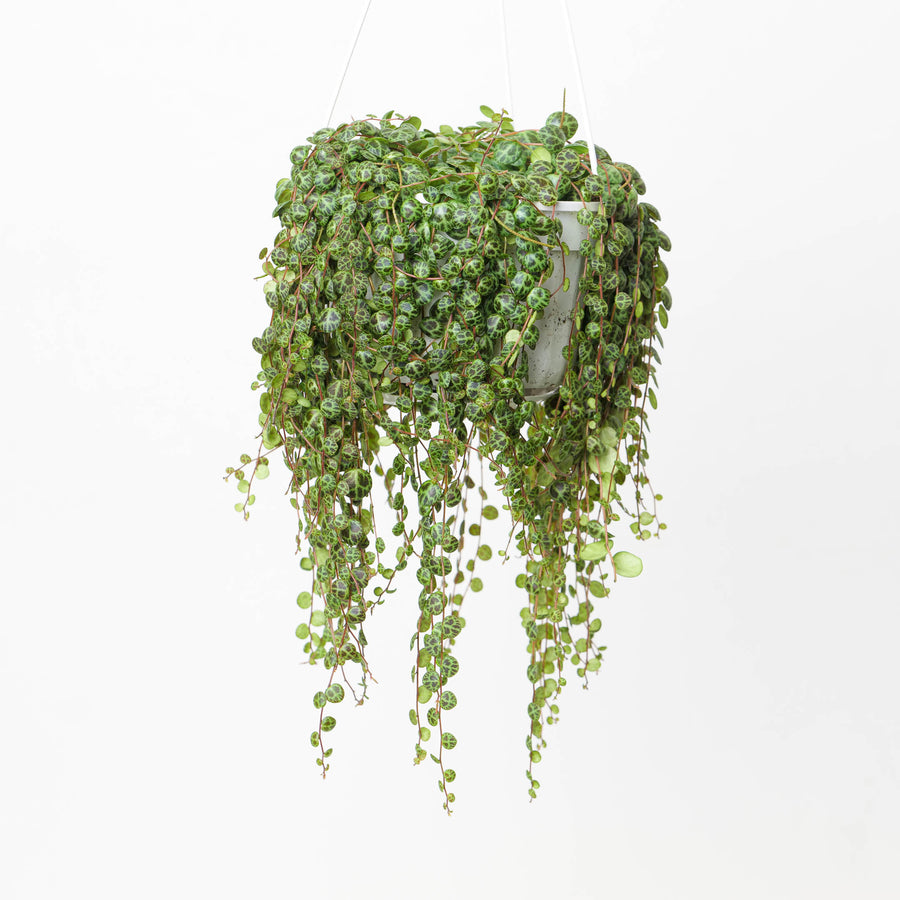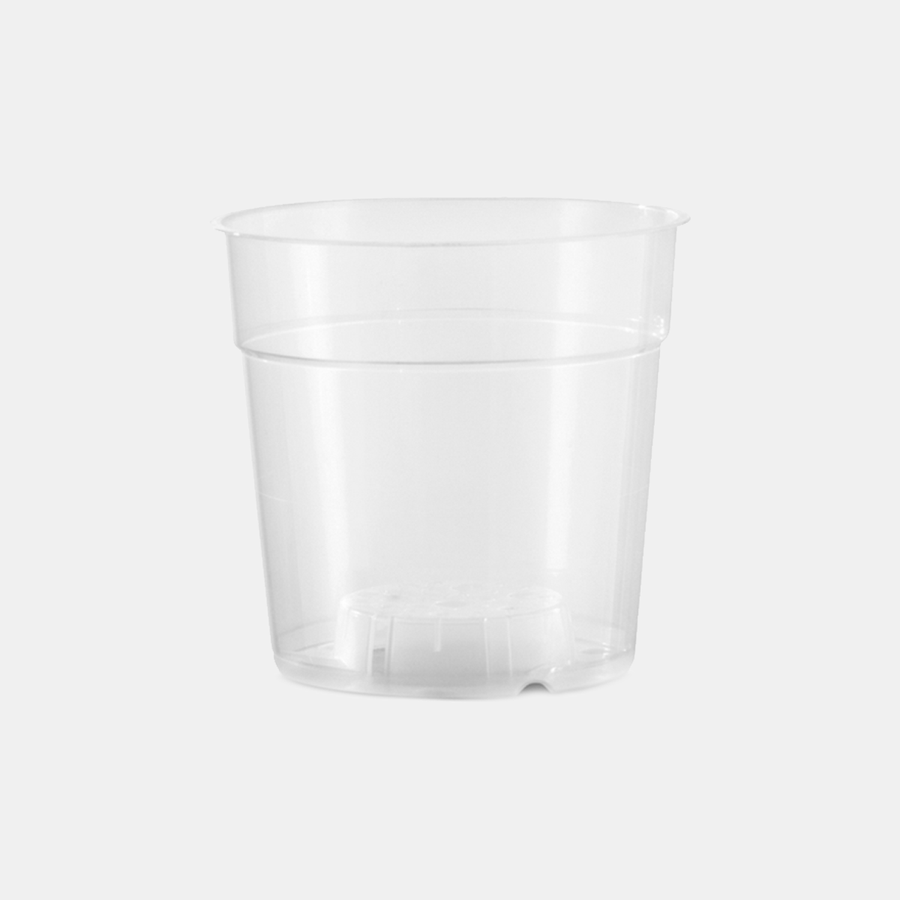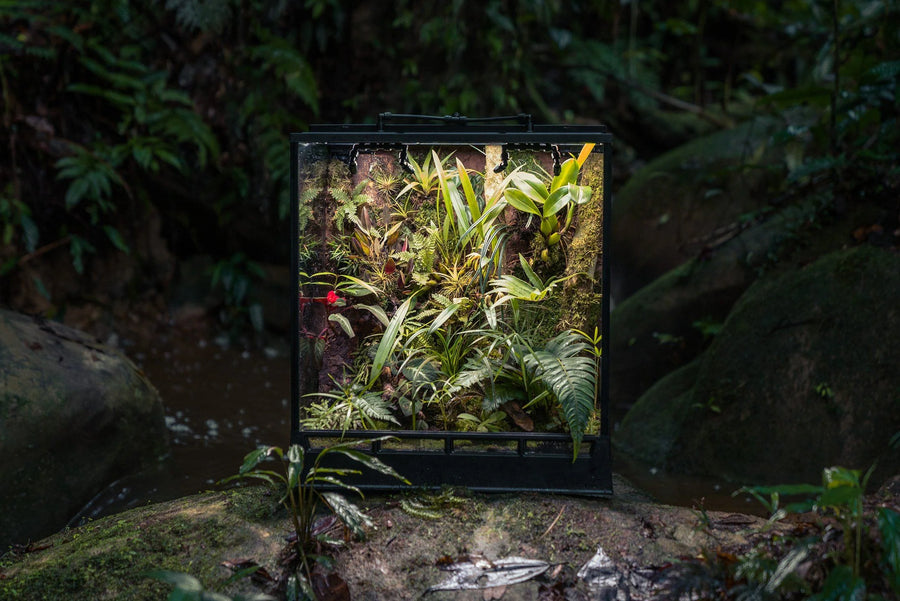Spider mites on Your Indoor Plants? Here’s How to Manage Them
Spider mites are a common yet insidious pest that can quickly take a toll on your cherished indoor plants. Whether you're noticing a fine webbing on your calathea, seeing tiny red or white spider mites on your leaves, or wondering how to get rid of spider mites, this comprehensive guide will walk you through everything you need to know. From understanding what spider mites are and their life cycle to identifying infestations and implementing effective control methods, we’ll cover all the essential strategies to keep your indoor plants thriving.

Introduction
Spider mites are not insects—they belong to the arachnid family, which means they are closer relatives to spiders. These tiny pests can rapidly multiply, causing significant damage to your plants through their feeding habits. Infestations can result in discoloured leaves, stippling, and even severe defoliation, making timely intervention crucial. In this guide, we’ll delve into:
- What Are Spider Mites? – Their description, classification, and common species.
- Life Cycle – The stages from egg to adult and how conditions affect their development.
- Identification – How to spot an infestation on your plants.
- Damage Assessment – The various types of harm they can cause.
- Prevention Strategies – Best practices to deter spider mites before they become a problem.
- Control Methods – Natural and chemical treatments, along with integrated pest management strategies.
- Frequently Asked Questions – Answers to common queries, including what spider mites look like and where they come from.
What Are Spider Mites?
Spider mites are tiny arachnids that belong to the Tetranychidae family. Despite their name, they are not true insects, and their close kinship with spiders gives them a unique place in the pest world.
Description and Classification
- Appearance: Spider mites are extremely small, often less than 0.5 mm in size. They may be hard to spot with the naked eye.
- Behaviour: These mites feed on plant sap by piercing plant cells with their needle-like mouthparts. In doing so, they leave behind a characteristic stippling or silvery pattern on the leaves.
- Habitat: Although they can be found in many environments, spider mites are particularly problematic in indoor settings where conditions can become warm and dry—ideal for their rapid proliferation.
Common Species and Their Characteristics
- Red Spider Mites: Often found on ornamental plants, they can cause a reddish discoloration on the affected foliage.
- Two Spotted Spider Mites: More difficult to see, these mites can infest a variety of indoor plants without drawing immediate attention.
- Spider Mites on Calathea: Calathea, with its lush, patterned leaves, can be particularly vulnerable. Infestations often first appear as tiny speckles or webbing on the undersides of the leaves, which may eventually lead to leaf browning.
Life Cycle of Spider Mites
Understanding the life cycle of spider mites is vital for effective management. Their rapid reproduction means that infestations can escalate quickly if not dealt with promptly.
Egg, Larval, Nymph, and Adult Stages
- Egg Stage: Spider mite eggs are tiny, oval, and usually laid on the underside of leaves. They are often hidden within fine webs, making them difficult to detect.
- Larval Stage: Once the eggs hatch, the larvae emerge. These are very small and pale, lacking the typical spider mite colouring. They begin feeding immediately on plant cells.
- Nymph Stage: As the larvae mature, they pass through several nymphal stages. At this point, they gradually develop the characteristic body shape and pigmentation.
- Adult Stage: Fully grown adults have a more robust body, often displaying the red or white colouration associated with their species. Adults continue feeding and begin reproducing, starting the cycle anew.
How Environmental Conditions Affect Development
Spider mites thrive in warm, dry conditions. Indoor environments that are too hot or lack adequate humidity can accelerate their life cycle, leading to quicker outbreaks. Regularly monitoring temperature and humidity levels in your indoor plant collection can help in reducing the risk of a rapid infestation.
Identifying Spider Mite Infestations
Early detection is key to controlling spider mites. Here’s how to identify an infestation before it spirals out of control.
Signs and Symptoms on Plants
- Leaf Discolouration: Look for stippling, yellowing, or a bronzed appearance on the leaves. Over time, these symptoms can lead to severe leaf drop.
- Fine Webbing: One of the hallmark signs of spider mite infestations is the presence of fine webs on the undersides of leaves and along stems.
- Visual Inspection: Use a magnifying glass if necessary. You might see the tiny red or white mites moving across the leaf surface.
- Damage on Calathea: In calathea and other patterned foliage, spider mite damage may appear as random spots or webbing that disrupts the natural design of the leaves.
Tools and Techniques for Detection
- Magnifying Glass: A simple hand lens can help you spot these minute pests.
- Regular Inspection: Make a habit of examining the undersides of leaves weekly, as this is where spider mites are most likely to congregate.

The most common spider mite damage on a Calathea
Damage Caused by Spider Mites
Spider mites can be incredibly destructive if not controlled. Their feeding habits can lead to a cascade of problems for your indoor plants.
How Spider Mites Affect Plant Health
- Cellular Damage: By piercing plant cells and sucking out the sap, spider mites cause direct damage that disrupts photosynthesis. This results in a characteristic stippled or silvery appearance on the leaves.
- Reduced Vigour: The constant feeding weakens the plant, making it more susceptible to other pests and diseases.
- Premature Leaf Drop: As the infestation worsens, plants may shed leaves to try and conserve resources, further impacting their overall health.
- Webbing: The production of fine webs not only is unsightly but also can interfere with the plant’s ability to breathe and absorb light.
How to Prevent Spider Mite Infestations
Preventative care is the best defence against spider mites. Here are some strategies to help reduce the risk of an infestation in your indoor garden.
Best Practices for Plant Care and Maintenance
- Regular Inspection: Check your plants frequently, focusing on the undersides of leaves where spider mites often hide.
- Proper Watering: Avoid water stress by maintaining consistent watering schedules. Overly dry conditions can encourage spider mite reproduction.
- Humidity Control: Increase humidity around your plants if possible. A humid microclimate can make your indoor environment less appealing to spider mites.
- Healthy Growing Conditions: Ensure your plants receive adequate light and nutrition. Healthy, robust plants are less likely to succumb to pest infestations.
Precautionary Measures
- Quarantine New Arrivals: Always isolate new plants for a few weeks to monitor for any signs of spider mites before adding them to your collection.
- Clean Environment: Regularly dust and wipe down plant surfaces to remove any spider mite eggs or webs that may have formed.
- Ventilation: Improve air circulation around your indoor garden. Good ventilation helps prevent the dry conditions that spider mites favour.

Spider Mite Killer - Phytoseiulus persimilis
Natural Control Methods
Using natural methods to manage spider mites can be effective and is often preferable in an indoor setting.
Benefits of Using Natural Methods
Natural control methods are environmentally friendly and help preserve the beneficial insects that contribute to a balanced indoor ecosystem. They are often safer for both your plants and the people around them.
Detailed Description of Various Techniques
- Water Sprays: A strong jet of water can physically remove spider mites and their webs from plants. Use a spray bottle, hose with an adjustable nozzle or shower head to target affected areas.
- Beneficial Insects: Introducing predatory mites or ladybirds that feed on spider mites can naturally reduce their population. These natural predators work silently and efficiently.
- Insecticidal Soaps: Formulated from natural fatty acids, insecticidal soaps can suffocate spider mites without the harsh side effects of synthetic chemicals. Spray the solution on both the upper and lower surfaces of leaves for best results.
- Neem Oil: Derived from the neem tree, this oil disrupts the feeding and reproductive cycles of spider mites. Dilute according to the product instructions and apply thoroughly.
Chemical Control Methods
On severe infestations, when natural methods aren’t enough, chemical treatments may be a last resort.
Overview of Chemical Options
- Synthetic Insecticides: There are several products available specifically designed to target spider mites. Most pesticides designed for pests like Thrips and Aphids will not be effective against spider mites. Please note, all pesticides should be used sparingly as they can also harm beneficial organisms.
- Miticides: Some chemicals are formulated as miticides, which are particularly effective against spider mites. Always check that the product is safe for indoor use.
Guidelines for Safe and Effective Use
- Follow Instructions: Always adhere to the manufacturer’s guidelines regarding dosage and application frequency.
- Targeted Application: Use a fine mist to cover the affected areas without oversaturating your plants.
- Protect Beneficials: Where possible, choose products that are less harmful to beneficial insects. Avoid broad-spectrum pesticides unless absolutely necessary.
- Ventilation: Ensure good air circulation during and after application to help the chemical dry and reduce the risk of residue buildup.

Integrated Pest Management (IPM) Strategies
A holistic approach that combines both natural and, if needed, chemical methods can provide long-term control over spider mite populations.
Combining Natural and Chemical Methods
- Sequential Treatment: Start with natural methods such as water sprays and beneficial insects. If the infestation persists after 2-3 applications, introduce targeted chemical treatments.
- Monitoring and Adjustment: Regularly monitor your plants and adjust your strategies based on the severity of the infestation.
- Record Keeping: Maintain detailed records of treatments applied, including dates and outcomes. This helps refine your approach over time and ensures you’re prepared for future outbreaks.
Long-term Strategies for Managing Spider Mites
- Ongoing Vigilance: Regular inspections and preventive measures are key to keeping spider mite populations under control.
- Balanced Environment: Maintain optimal conditions—such as appropriate humidity, temperature, and light—to discourage spider mite reproduction.
- Integrated Approach: Use a combination of cultural practices, plant hygiene and natural predators to create a robust defence system and reduce the need to use chemical products.
Conclusion
Spider mites are a significant challenge for indoor gardeners, especially if left unchecked. Their rapid reproduction, coupled with their ability to thrive in dry conditions, means that a proactive and integrated approach is necessary. By understanding what spider mites are, recognising the signs of infestation, and employing a balanced combination of natural, chemical, and cultural control methods, you can protect your plants and ensure they remain healthy and vibrant. Remember, early detection and consistent management are the keys to keeping your indoor garden spider mite–free.
Frequently Asked Questions
Q: What do spider mites look like?
A: Spider mites are very small, typically less than 0.5 mm in size. They often appear as tiny red or white spots on the undersides of leaves and are sometimes surrounded by fine webbing.
Q: Where do spider mites come from?
A: Spider mites can be introduced to your indoor garden through new plant arrivals, open windows, or even on clothing. Their rapid reproduction means that a few individuals can quickly lead to a full-blown infestation.
Q: How do I get rid of spider mites?
A: Effective methods include using water sprays, insecticidal soaps, neem oil, and, if necessary, targeted chemical treatments. Natural predators such as predatory mites also help control their populations.
Q: How can I protect my calathea from spider mites?
A: Calathea, with its delicate, patterned leaves, can be especially susceptible. Regular inspections, maintaining proper humidity, and promptly treating any signs of infestation with natural or chemical controls are crucial to protecting these plants.
Q: What is the best spider mites treatment for indoor plants?
A: There is no one-size-fits-all treatment. A combination of water sprays, insecticidal soaps, and the introduction of beneficial predators usually provides effective control. In severe cases, carefully selected chemical miticides may be used following safety guidelines.






